|
|
Dear colleagues
Until now the primary industrial interest in using synchrotron radiation for resolving single nanometer structural details was in the area of life sciences for drug discovery. Recently, a second, very powerful economic sector started to get involved in using SR for this purpose: The semiconductor chip manufacturers. According to Moore’s law, the dimensions of functional structures in chips now are around 15nm and will become single-digit nm in a few years. Not only fabrication related problems can well be studied, e.g. at the XIL-II beamline at the SLS where global players like Intel contracted us ...
Read the full text of Jens Gobrecht below !
|

Jens Gobrecht
|
|
Next proposal submission deadlines:
|
|
|
1000 Structures solved at X06DA-PXIII
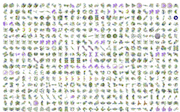 SLS - The best performing bending magnet beamline SLS - The best performing bending magnet beamline
The macromolecular crystallography beamline X06DA-PXIII has reached 1000 structures in the Protein Data Bank (PDB) on February 22, 2017. This performance has been achieved in only 9 years user operation and counts for about 2/3 of the available beamtime, which is proposed to academic users. The other 1/3 is used by researchers from international pharmaceutical companies in a partnership in place since the start of the beamline.
Looking at the number of PDB depositions, the super bending magnet (BM) beamline X06DA-PXIII is currently the best performing BM worldwide and is amongst the top 15 most productive beamlines, a ranking dominated by insertion device sources ...
Read the full story
|
|
Spiral spin-liquid and the emergence of a vortex-like state in MnSc2S4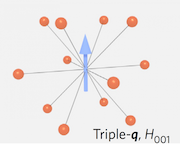
SINQ - On the way to novel magnetic storage devices
PSI scientists together with colleagues from other European institutions have discovered a new kind of magnetic structure in which nearby atomic spins form a spiral. The results confirm a nine-year-old theoretical prediction of so-called 'spiral spin liquids' and also reveal the existence of an unexpected vortex state that could potentially be exploited in ultra-high-density magnetic-storage devices.
Read the full story
|
|
|
S. Gao et al, Nature Physics 13, 157 (2017)
|
|
|
Suppression of magnetic excitations near the surface of the topological Kondo insulator SmB6
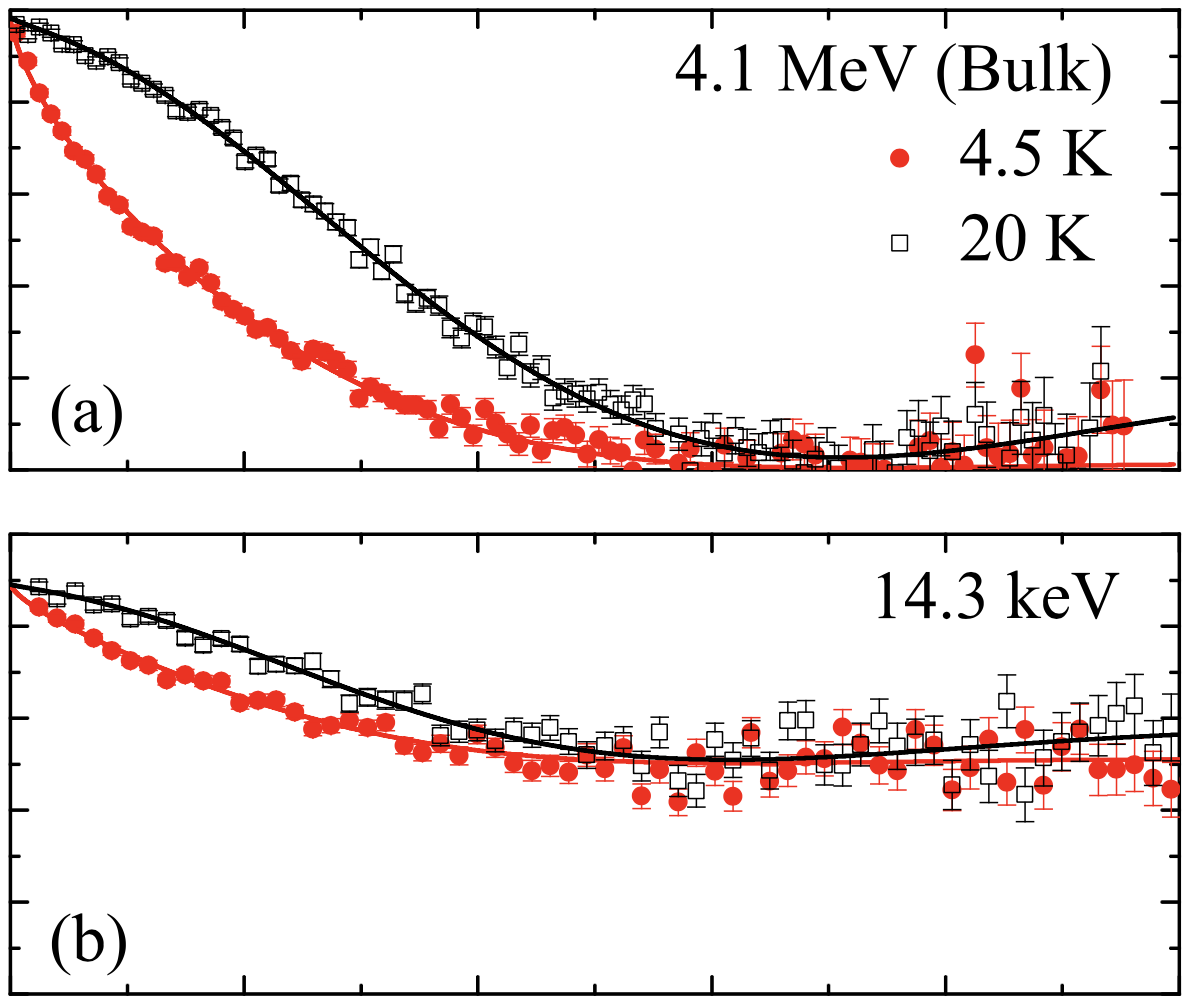 SμS - Topological matter SμS - Topological matter
We present a detailed investigation of the temperature and depth dependence of the magnetic properties of the three-dimensional topological Kondo insulator SmB6, in particular, near its surface. We find that local magnetic field fluctuations detected in the bulk are suppressed rapidly with decreasing depths, disappearing almost completely at the surface. We attribute the magnetic excitations to spin excitons in bulk SmB6, which produce local magnetic fields of about ∼1.8 mT fluctuating on a time scale of ∼60 ns ...
Read the full abstract
|
|
|
P.K. Biswas et al, Physical Review B - Rapid Communications 95, 020410(R) (2017)
|
|
|
Extreme optical and electronic nonlinearities in GaP induced by an ultra-strong Terahertz field
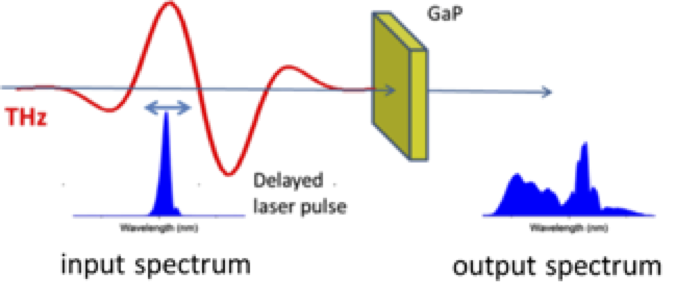 SwissFEL - Optical properties under control SwissFEL - Optical properties under control
Researchers at the Paul Scherrer Institute demonstrated direct control of the optical properties of gallium phosphide (GaP) by a high terahertz field. The ultrastrong THz electric field provokes strong spectral broadening on a visible probe laser pulse and an ultrafast change of the optical conductivity in GaP. The presented novel way to control the optical properties of a semiconductor has become possible thanks to a very intense laser-based THz source, developed at PSI ...
Read the full story
|
|
|
C. Vicario et al, Physical Review Letters 118, 083901 (2017)
|
|
|
Silicon pixel barrel detector successfully installed in the CMS experiment
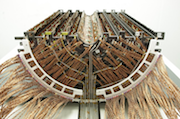 Particle Physics Particle Physics
Middle of February the upgraded CMS silicon pixel barrel detector has been moved from PSI to CERN and was successfully installed in the CMS experiment. The new pixel detector is part of the so-called phase1-upgrade of the CMS detector, located at a distance of only a few centimetres away from the interaction point and able to cope with the harsh particle environment expected due to the increased luminosity of the LHC collider ...
Read the full story
|
|
News from Phoenix
SLS
The PHOENIX beamline is designed for X-ray microspectroscopy and imaging in the tender X-ray range (0.4-8 keV). It has a low energy branch, with an endstation operated at the exit port of the X-Treme beamline. The high energy branch, PHOENIX I, operates a focusing unit with a focal size of about 2.5-3 mm. A new focusing unit (KB System) for the low energy branch (PHOENIX II 0.4-2keV) has been delivered. It aims for a focal size of 5-6 mm. This unit will go into user operation in the upcoming proposal round (deadline Sep 15, 2017).
The PHOENIX II branch offers ample opportunity for XANES and EXAFS measurements of light elements (O, N, Na, Mg, Al) using in different detection modes (Fluorescence, absorption and total electron yield), and imaging applications. The endstation is designed to host in situ experiments, such as a liquid microjet. Upon request further in situ experiments can be developed in collaboration with users.
|
|
SINQ beamtime schedule 2017 and beyond
SINQ
In 2017 SINQ will be operated for six months between May and October. The proposal submission deadline has just passed and totally 267 proposal have been submitted. The users will be informed in April about the results of the evaluation.
In 2018 the PSI proton accelerator and the cooling facilities will undergo a major upgrade such that again only six months of neutron beamtime will be available between July and December rather than eight as usual. The proposal submission deadline for the SINQ cycle 2018 will again be on February 20, 2018.
In 2019 no neutron beamtime at all will be available at PSI because of the SINQ upgrade program with the exchange of neutron guides and the upgrade of several instruments. Presently we aim to resume normal SINQ operation with eight months back in 2020. For more information please contact the PSI User Office.
|
|
Uniaxial strain device for μSR
SμS
A uniaxial strain device for μSR experiments under compressive and tensile strain has been developed by a collaboration of the MPI for Chemical Physics of Solids in Dresden, the TU Dresden and the PSI. First successful μSR measurements were performed in December 2016 on the Dolly spectrometer in the 3He cryostat. The new device allows the in-situ generation of strain via electrostatic piezo drivers at base temperature of the cryostat.
|
|
Photonics Spring Workshop: SwissFEL ATHOS and SLS-2
SwissFEL and SLS
The Paul Scherrer Institute announces a combined "Photonics Spring Workshop" on 10th–12th April 2017 to address the aspects described below. PSI is planning two large projects in the field of photonics – the soft x-ray branch of the SwissFEL, called ATHOS and an upgrade of the Swiss Light Source to a diffraction-limited storage ring (SLS-2), promising a fortyfold improvement in the horizontal emittance. ATHOS is expected to come online in 2020, while first light for SLS-2 is forecast to be in 2023. The input of potential users of both of these two complementary facilities with regards to future scientific directions and associated instrumentation is essential in making them a success.
All present and future users of either facility are strongly encouraged to attend, read more.
|
|
BVR: 48th particle physics users meeting at PSI
Particle Physics
The particle physics community held its 48th users meeting BVR ('Benutzerversammlung Ringzyklotron') on February 6-8, 2017. Major ongoing activities, MEG/MEG II, nEDM/n2EDM, Mu3e and MUSE went through the detailed annual project reviews on Monday and presented results, status and plans in the open meeting on Tuesday. The other experiments and projects presented written progress reports and beam time requests.
2016 was a very successful year for the operation of the UCN source and the measurement of the neutron electric dipole moment. A record number of proton pulses of up to 8s length has been delivered to the UCN target with about twice the integrated proton charge compared to 2015 and four times as much as 2013. The nEDM experiment has almost tripled its average number of UCN per proton pulse during that period of time. It produced a new record sensitivity per day and superseded the previous best experiment in accumulated sensitivity. Data analysis is ongoing to produce a new experimental limit on the value of the neutron electric dipole moment.
|
|
Editorial
Dear colleagues

Until now the primary industrial interest in using synchrotron radiation for resolving single nanometer structural details was in the area of life sciences for drug discovery. Recently, a second, very powerful economic sector started to get involved in using SR for this purpose: The semiconductor chip manufacturers. According to Moore's law, the dimensions of functional structures in chips now are around 15nm and will become single-digit nm in a few years.
Not only fabrication related problems can well be studied, e.g. at the XIL-II beamline at the SLS where global players like Intel contracted us, but also in non-destructive quality control at the cSAXS beamline (see Nature 21698/2017). Another very critical issue for the chip industry emerges when they will turn to using "Extreme Ultraviolet" (EUV, λ=13.5nm) radiation for the lithography in their production. New methods have to be developed for metrology and defect inspection of the photomasks. Last year we built - largely financed by an industrial partner – the Rescan Beamline at the SLS which will serve these purposes within a large collaborative project financed by our partner.
PSI is in the fortunate situation to have a leading micro-/nanofabrication facility in house, co-located with PSI’s large-scale facilities. This allowed in the past to develop and fabricate e.g. most advanced diffractive optical devices like Fresnel zone plates for SLS and XFELs. Moreover, this facility will open very attractive future opportunities for users in the realization of the required micro- nano- sample environment. This may be for instance ultrathin carrier-membranes for XFEL investigations of nanocrystals or micro-/nanofluidic environments for studies of cells etc. Users have access to that via the NFFA-Program.
Jens Gobrecht,
Head - Laboratory for Micro- and Nanotechnology LMN, SYN department, PSI
|
|
JUSAP - The Joint Users Association
The JUSAP committee was in session on Thursday 16th of March. Our Swiss representative to the ESUO (European synchrotron and FEL User Organisation), Annick Froideval, has been reelected. The 10th ESUO annual meeting has just taken place at Diamond (Didcot, UK) on March 22-23, 2017.
|
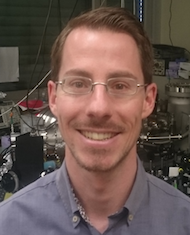
Claude Monney
|
|
The new Horizon2020 project CALIPSOplus (Convenient Access to LIghtsources OPen to Innovation, Science and to the WOrld), coordinated by Helmholtz-Zentrum Dresden-Rossendorf (HZDR, DE), is expected to start in May 2017 enabling for 4 years the user funding for transnational access to accelerator-based light sources in Europe again. You will hear more about it and the new CALIPSOplus project in the near future.
I have been elected chairman of the JUSAP committee for the next period. I encourage you, members of the PSI user community, to communicate to us any issues, concerns or suggestions. Please contact me directly or other committee members. The next meeting of the JUSAP committee will take place in autumn 2017.
Following the successful exchange of the spallation target last autumn, SINQ will be operating this spring, from May 8 – October 31, 2017. However, various major upgrades of both SINQ and the High Intensity Proton Accelerator (HIPA) facility will result in shortened operation cycles in 2018 and 2019 as well. Users of the SINQ, SμS and particle physics facilities should therefore plan ahead and be aware that calls for proposals may be rescheduled and less beam time might be available.
Yours sincerely,
Claude Monney (on behalf of the JUSAP committee)
|
|
Magnetism 2017
April 3-4, 2017, York, UK
Photonics Spring Workshop 2017
April 10-12, 2017, Windisch, Switzerland
INTERMAG Europe 2017: IEEE International Magnetics Conference
April 24-28, 2017, Dublin, Ireland
CETS2017 - 11th Central European Training School on Neutron Techniques
May 8-12, 2017, Budapest, Hungary
US School on Total Scattering Analysis
May 8-12, 2017, Oak Ridge National Laboratory, TN, USA
IPAC17: 8th International Particle Accelerator Conference
May 14-19, 2017, Copenhagen, Denmark
13th Canadian Neutron Scattering Summer School
May 15-17, 2017, Chalk River, Canada
19th HERCULES Specialized Course Quantitative Imaging with X-rays and Neutrons
May 15-17, 2017, Grenoble, France
9th MaMaSELF Status Meeting
May 16-19, 2017, Rigi Kulm, Switzerland
μSR2017: 14th International Conference on Muon Spin Rotation, Relaxation and Resonance
June 25-30, 2017, Sapporo, Hokkaido, Japan
MLZ conference on Neutrons for Health
June 27-30, 2017, Bad Reichenhall, Germany
ICNS 2017: 9th International Conference on Neutron Scattering
July 9-13, 2017, Daejeon Convention Center, Korea
|
|
|
|